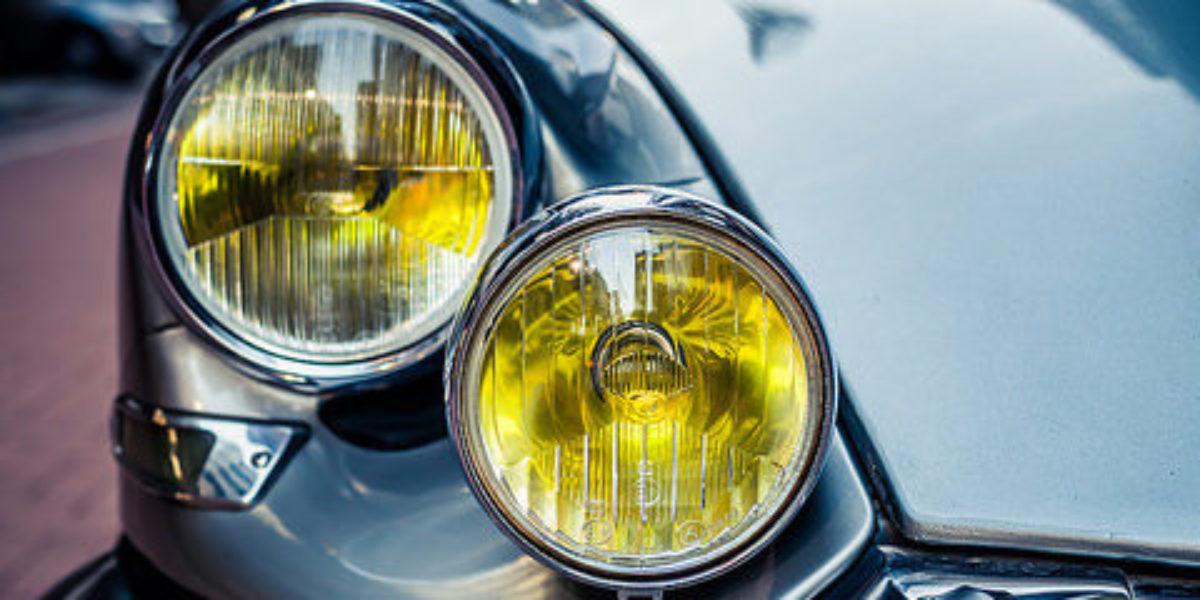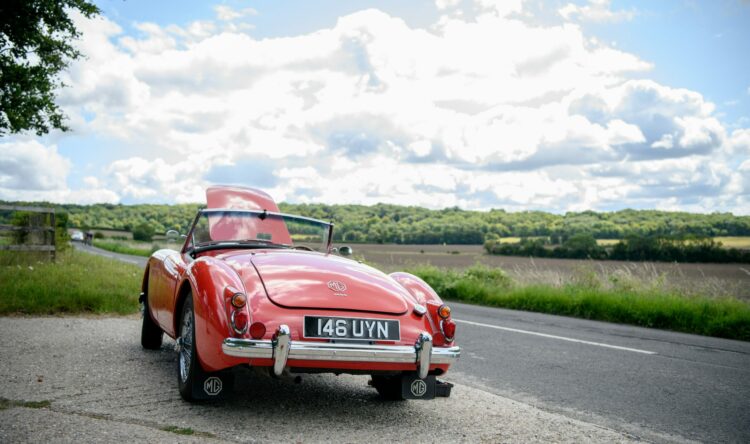Blinded by the light
Blinding headlights appear to be an increasing road safety issue
Headlights are becoming increasingly dazzling and regulations are out of date.
The overwhelming majority (89%) of drivers say car headlights on UK roads are too bright. This leaves them dazzled while driving according to new research by the RAC.
Out of the shadows
Its survey of 2,700 drivers found that the problem appears to be getting worse. More than 60% of drivers who get dazzled saying it’s happening more often. Furthermore, one-in-four claim they’re now dazzled a lot more regularly.
Modern headlights appear to have become a matter of road safety concern for many. Almost two-thirds (64%) think they risk causing other drivers to have collisions. Meanwhile, two-in-three (67%) say they can’t tell if the headlights of oncoming cars are dipped or on full beam.
“There are a number of factors that contribute to whether a headlight dazzles,” say RAC spokesperson Rod Dennis. “The most important being the angle of the headlights as you look at them”.
But perhaps modern design and materials are the real culprit. The fashion for larger, higher SUV styled vehicles means headlights are higher up. Secondly, LED lighting technology use a harder, bluer type of light compared to more tradition, yellow accented lighting. The human eye reacts in a different way to different spectrums of light.
As drivers we increasingly want brighter headlights, and design and technology has delivered. But while we feel safe behind the wheel, oncoming traffic is struggling. The improved night time vision may just see the crash unfolding more clearly.
“This presents a real irony: the brighter and better your vehicle’s headlights are, the clearer your night-time view of the road ahead is, often it seems at the expense of anyone coming towards you.”
Illuminating reality
Three-in-10 (30%) of those aged 17-34 think most headlights are too bright. This compares to just 19% of those aged 65 and over.
Those younger drivers think the crash risk is increased (70%). For drivers aged 65-plus the proportion is 62%.
It’s common for older drivers to avoid driving at night. Older eyes certainly have more difficulty adjusting making the experience stressful and tiring. Sixteen per cent of those who complain about the intensity of headlights say they avoid driving at night altogether. Women (22%) and those aged 65 and over (25%) are much more likely to avoid driving after dark. For men, it is just 9%.
Blinded by the light
The RAC’s research also asked dazzled drivers how long there sight is affected for. While most (65%) said it took between one and five seconds, one-in-10 (12%) said it took upwards of six seconds.
One second at 60mph means a driver would travel around 13 metres (more than six car lengths). To be blinded for six seconds equates to 160 metres (the equivalent of 40 car lengths). With this in ming, the road safety issue is clear to see. However, there have been no adjustments to vehicle lighting regulations since 1989. Yet Xenon and LED lighting development has dramatically affected brightness. Add to this auto dipping technology and bigger vehicle designs with higher headlight positioning.
Almost a quarter of drivers (23%) blamed the LED headlights. An almost identical proportion (22%) were not sure if any particular sort of headlight was to blame. Meanwhile, the remaining third (34%) could not distinguish between them.
Nearly one-in-five (17%) said they felt the problems are caused by the angle of oncoming vehicles’ beams.
Out of date
The research suggests that the increasing prevalence of vehicles that sit higher on the road, specifically SUVs, may be exacerbating the problem for those in conventional cars that sit much lower.
Six-in-10 drivers (61%) of lower vehicles found the taller vehicles were problematic. Yet, just 28% of drivers of taller vehicles blamed others in similar vehicles.
But the issue isn’t a new one. Back in 2018 the topic was raised by the RAC. However, the regulations that govern vehicle lighting are decided on at an international (United Nations) level, with input from UK Government.
Nearly four years on, 82% of drivers remain overwhelmingly supportive of something done. Modern design and technology has changed everything and it needs to be taken into consideration.
“In short, being dazzled isn’t just about discomfort, it also represents a significant road safety risk,” says Dennis.
“It’s blindingly obvious just how many drivers want the issue looked into by the Government,” he adds. However, there seems little action at government level. Meanwhile, vehicle manufacturers look to improve the experience for drivers in their cars. Improving headlight brightness is another marketing opportunity. Of course, they are complying to the regulations, but are the regulations still fit for purpose?
Facing facts
Official government data shows 293 crashes a year since 2013 note dazzling headlights as a contributory factor. Of these, six were fatal accidents.
The actual number may be higher. It is difficult to determine whether or not a collision was caused by the glare from another vehicle’s headlights.






